Is Nepal your next destination? Are you planning a trip to the land of the world’s tallest peaks? Are you dreaming of trekking in the Himalayas or visiting a national park in search of rhinos, elephants, and tigers?
If your answer is yes to any of these questions and you prefer to travel independently, you’ve come to the right place.
This travel guide, compiled from several trips to Nepal, contains everything you need to prepare for your adventure. Shall we begin?
If you’re entering Nepal by air, you’ll need to secure the necessary documentation to obtain a visa upon arrival at Kathmandu Airport, the main entry point for most tourists. Here’s how to make it easy and hassle-free.
It’s essential to travel to Nepal with comprehensive insurance. We were among the first to offer the popular 5% IATI discount, and you can now get it with Heymondo Travel Insurance as well. You can find more information about both companies through the links provided above, or you can access the discount directly using the buttons below (in both cases, you’ll see the reduced final price on their website):
Nepal is a year-round destination, whether you’re exploring Kathmandu, Pokhara, or the Terai region. However, if trekking is on your itinerary, timing your trip carefully is crucial. Here’s what you need to know:
The coldest months of the year are not ideal for trekking, as snow can block many mountain passes. Extreme cold at higher altitudes makes this period challenging.
These months mark the second high season. The weather is generally good, with fewer tourists on the trails. Accommodation is easier to secure, and prices are slightly lower, especially if you hire a porter. The only downside is that clouds often form in the afternoons, obscuring mountain views, but mornings are typically clear and breathtaking.
Monsoon rains dominate this period, making trekking more difficult. Leeches are also a common nuisance during these months. However, adventurous travelers may still enjoy quieter trails.
This is the peak trekking season, as the post-monsoon weather is clear and pleasant. However, the trails can become crowded with tourists, and competition for accommodation increases.
If you’re someone who wants or needs constant internet access, it’s best to get a SIM card in Nepal. While most accommodations offer Wi-Fi, the connection isn’t reliable everywhere. For more details, check out the article How to Get a SIM Card with Internet in Nepal.
Certain vaccines are recommended depending on the type of trip and the duration of your stay.
The best approach is to schedule an appointment at an international vaccination center well in advance, as waiting lists can be long. There, specialized doctors can advise you, answer all your questions, and provide tailored recommendations. In addition, they will give you essential information on preparing your first aid kit and preventing diseases with basic precautions.
Knowledge is power—once you have all the necessary information, you’ll be able to make the best decision for your trip.
Bursting with temples and monasteries, Kathmandu, the capital of Nepal, is a maze of colorful prayer flags and nameless streets. The best way to experience it is to simply get lost. After recovering from the long journey and savoring your first taste of Nepalese cuisine in Thamel, venture beyond the city’s most touristy neighborhood to uncover its many hidden gems.
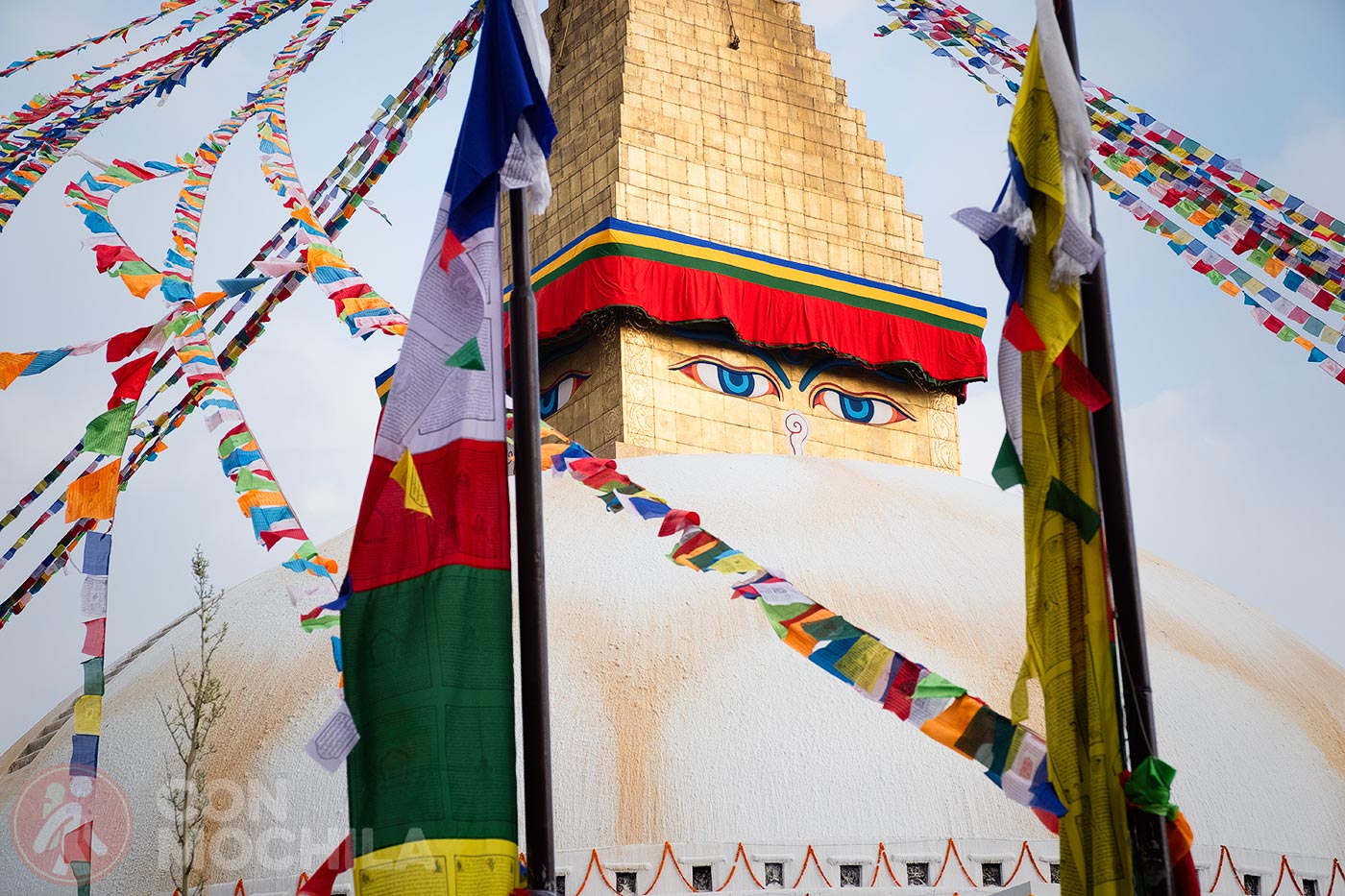
Among the must-see sights are the magnificent Boudhanath Stupa and the sacred Pashupatinath Temple, dedicated to Pashupati, an incarnation of Shiva. Be sure not to miss Durbar Square, a term commonly used to describe the squares, temples, and gardens located in front of Nepal’s royal palaces.
In Kathmandu, Durbar Square is also known as Hanuman Durbar Square, but the Kathmandu Valley is home to two other iconic Durbar Squares: Patan and Bhaktapur, both UNESCO World Heritage Sites.
A gateway to adventures in the Himalayas, Pokhara is both the starting and finishing point for countless trekkers. This city warmly welcomes weary travelers returning from the Annapurna region and those gearing up to tackle the trails.
The serene Phewa Tal is the perfect place to unwind after a long day of trekking. This tranquil lake offers the chance to relax while paddling, free from the noise of motorboats, with the majestic Fishtail mountain watching over you, though it doesn’t always reveal itself fully.
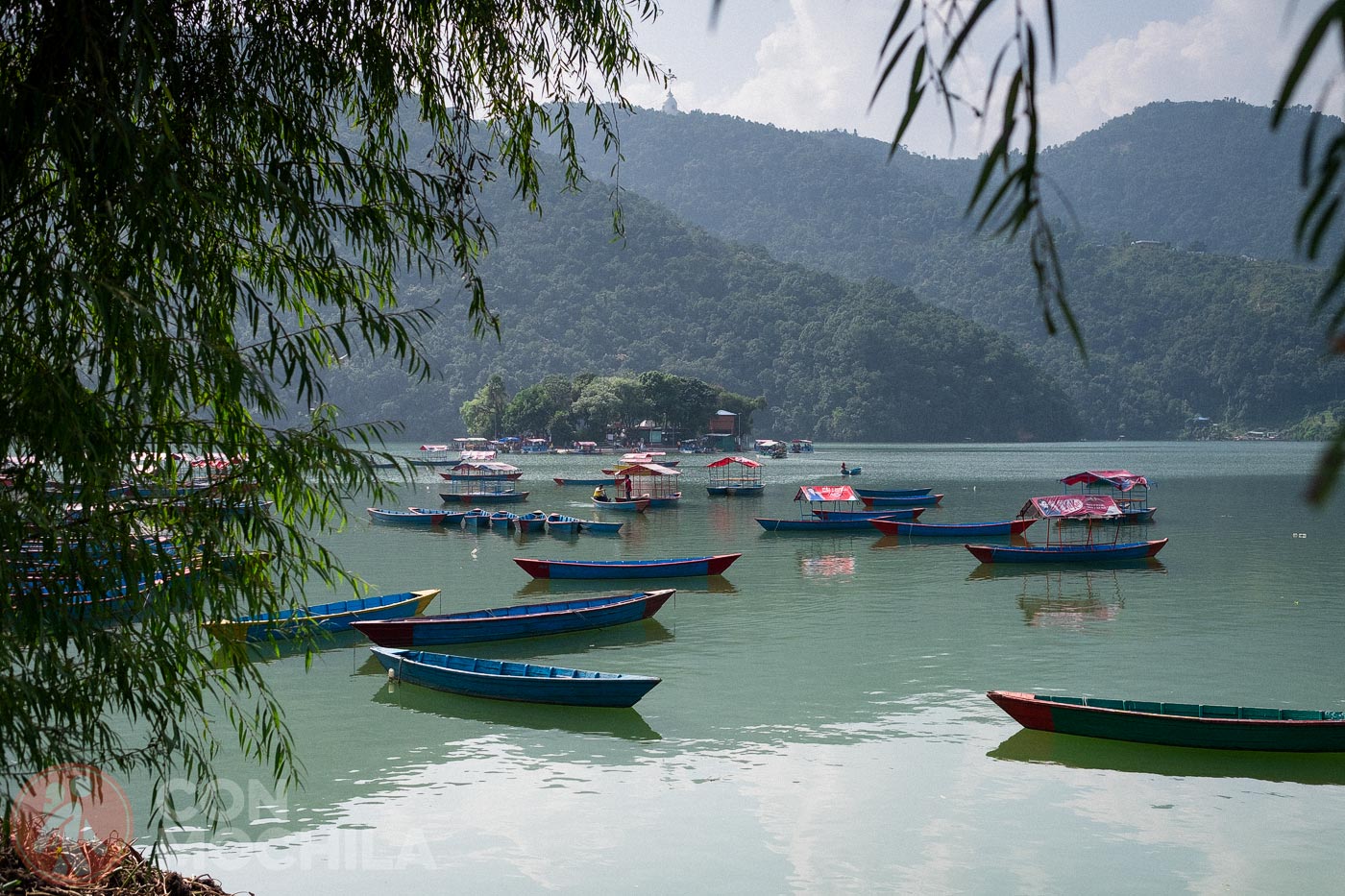
On clear days, the summit of Machapuchare, also known as Fishtail, looms over Sarangkot, where the sky fills with paragliders and tourists seize the opportunity to hike up to the Peace Pagoda.
Tourism in this city is growing as quickly as the curiosity to explore the mountains, and although this has taken a toll on local wallets, Pokhara still maintains its peaceful charm.
Nestled roughly midway between Kathmandu and Pokhara at an elevation of about 1,000 meters, Bandipur was once a bustling hub along the India-Tibet trade route. However, the construction of newer roads shifted the route, isolating the village and preserving its traditional charm.
This isolation has allowed Bandipur to retain the architecture and culture of the Newars, one of Nepal’s prominent ethnic groups. On clear days, visitors can enjoy spectacular mountain views while soaking in the authentic local atmosphere.
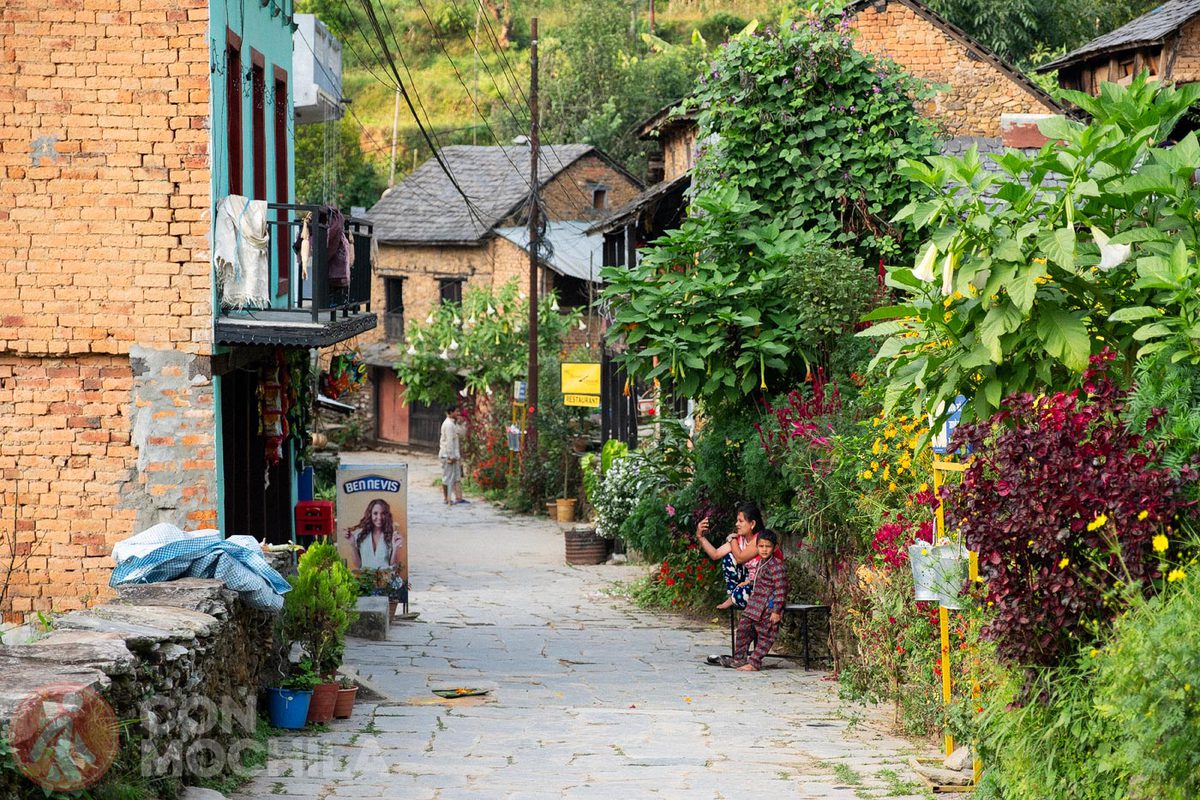
Nearby viewpoints like Tundikhel or Gurunche Hill offer rewarding vistas, while longer walks can take you to Ramkot village or the impressive Siddha Gufa Cave. If you’re seeking a serene stop before heading to Nepal’s more popular destinations, Bandipur is worth a visit.
Nepal is synonymous with towering mountains, and if you’re visiting, chances are you’ll consider trekking through the Himalayas. Among the many trekking routes, the Annapurna region stands out for its accessibility and breathtaking beauty, rewarding trekkers with awe-inspiring views without requiring technical climbing skills—although good fitness is essential.
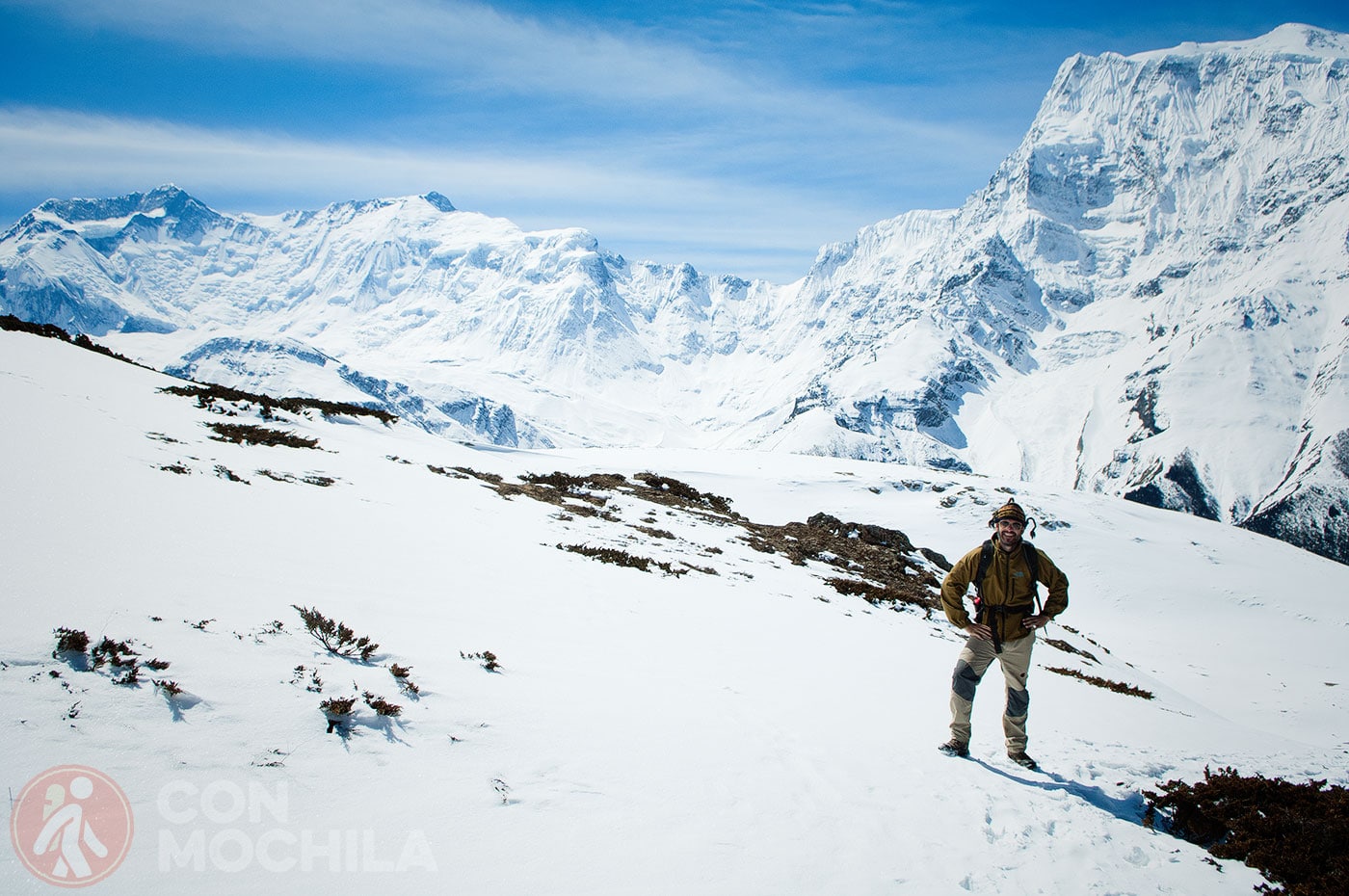
Of all the treks, the classic Annapurna Circuit is the one we chose to do first. Its landscapes have yet to be surpassed by any subsequent treks in the Himalayas, such as the Markha Valley. The circuit takes about 10 to 14 days to complete, covering approximately 250 km.
If you’re hesitant about tackling extreme altitudes or feel unprepared to climb above 4,000 meters, but still want to experience trekking in Nepal, Pikey Peak is an excellent choice. This trek can be completed in about a week, including the two days required for travel to and from the trailhead by jeep or bus.
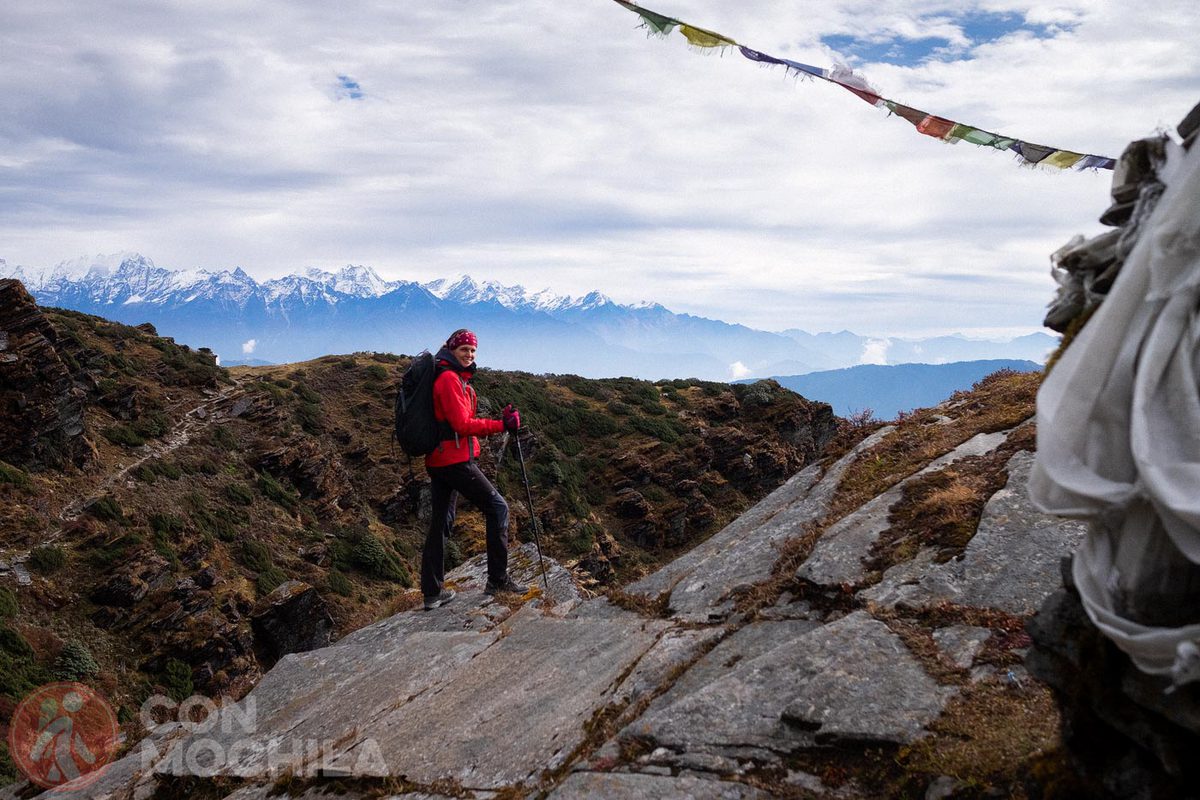
The highlight of this trek is the incredible view of Everest from the summit, provided the weather is on your side. Additionally, since the altitude isn’t as high, the risk of altitude sickness is reduced, and the temperatures are more manageable. If you’re feeling adventurous, pack some proper mountain gear and add a bit of trekking to your trip.
Chitwan National Park is Nepal’s most popular park, known for its relatively high chance of spotting rhinos during the high season (March) and its convenient location near Kathmandu and Pokhara, which are easily accessible by bus.
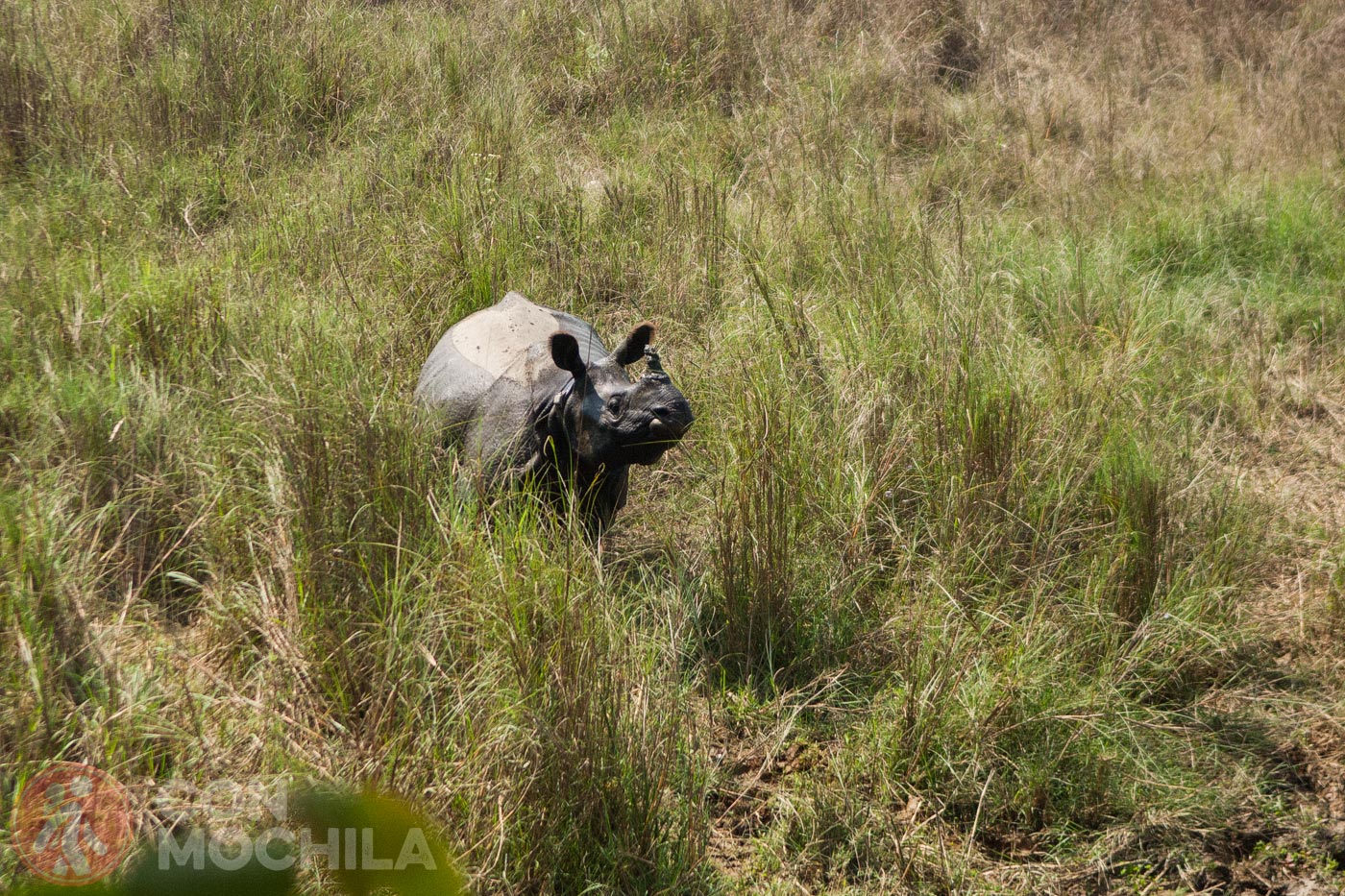
Many agencies offer packages from these cities that include transport, accommodation, and park activities. However, be cautious and inquire about the specifics when booking, as elephant-back safaris are still common in Chitwan. We will tell you more about Animal problematic tourist activities and animal abuse. Stay informed and don’t be an accomplice!
Located in western Nepal, over 500 km from Kathmandu and near the Indian border, Bardia National Park is a hidden gem and the largest national park in the Terai region. Despite its size and natural beauty, it remains under-visited compared to the more accessible Chitwan National Park.
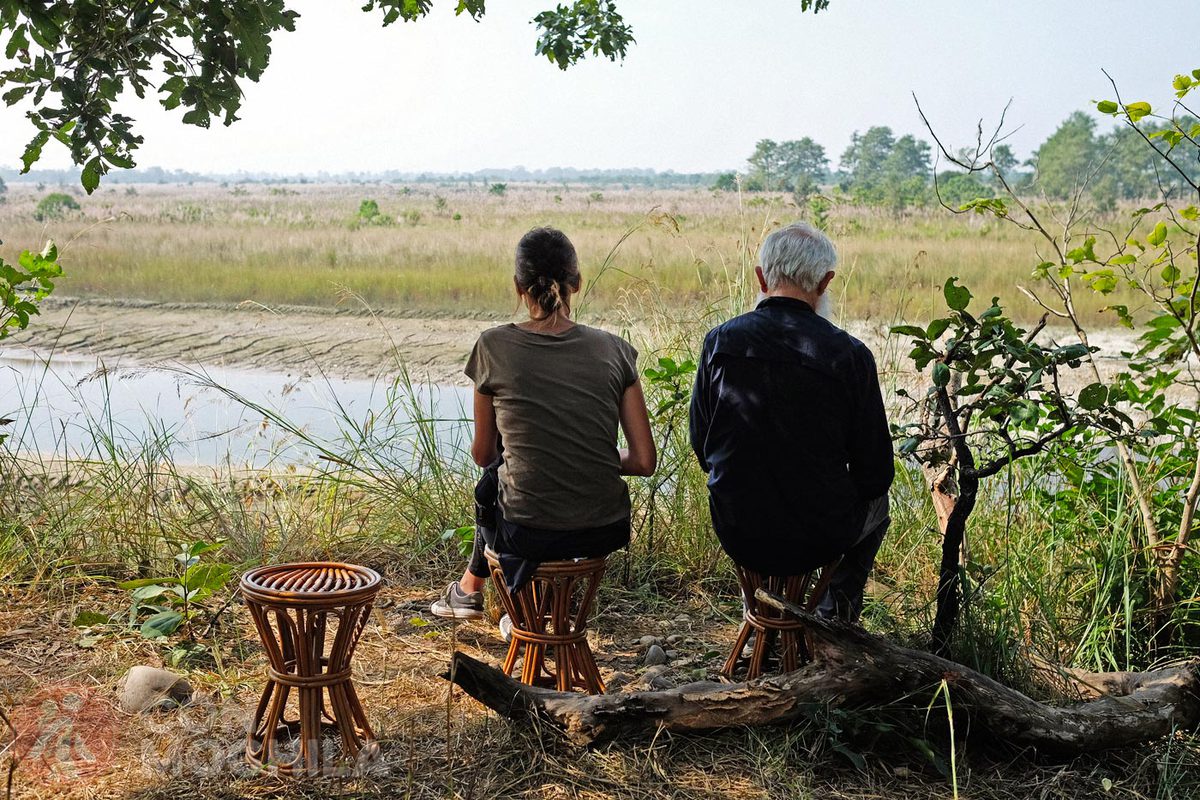
Reaching Bardia involves a challenging bus journey, but for those willing to endure it, its 968 square kilometers of pristine wilderness are home to incredible wildlife that any nature enthusiast would dream of seeing. Keep in mind that wildlife sightings depend on luck!
Altitude sickness is the body’s response to reduced oxygen levels at high altitudes. As elevation increases, atmospheric pressure decreases, and the thinner air contains less oxygen. Whether or not you experience altitude sickness depends on your rate of ascent and the altitude reached.
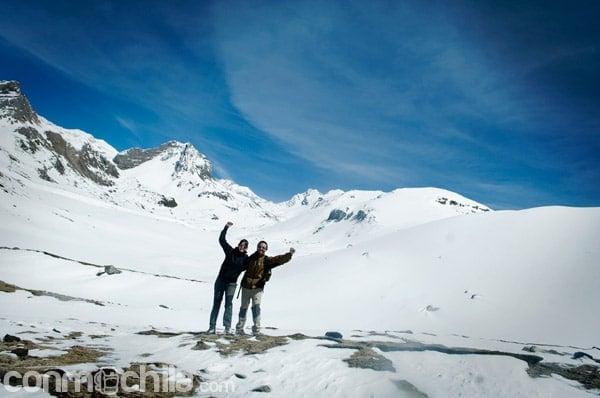
Symptoms are generally less common below 2,200 meters, but they become more frequent and noticeable above 2,800 meters, particularly after a rapid ascent. We provide more information in the previous article.
We understand how challenging it can be to reduce waste in everyday life, let alone while traveling. It may seem nearly impossible to avoid leaving a trace when you’re far from home and not in control of your surroundings.
However, by following these three simple tips (coming soon), you can significantly minimize the waste you generate with minimal effort. Ready to give it a try?
We’re thrilled to say that in Nepal, finding places to refill your water bottle is incredibly easy. In fact, it might be one of the simplest destinations for doing so.
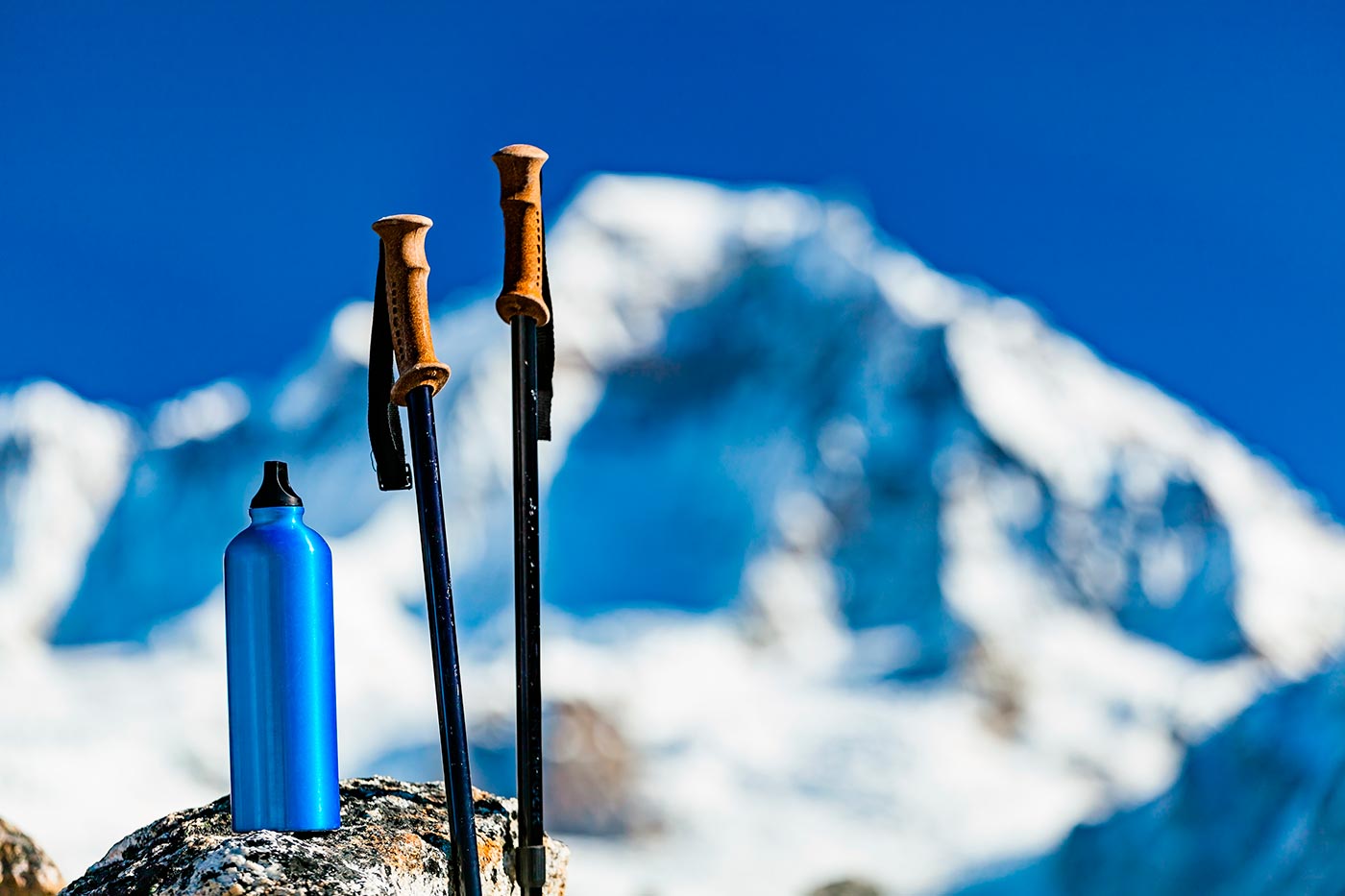
In cities like Kathmandu and along trekking routes, many accommodations have machines that offer hot or cold water.
In Pokhara, you can refill your bottle at kiosks for just 10 rupees per liter instead of buying a new plastic bottle. How convenient is that? Make sure to pack a reusable bottle in your backpack and skip the single-use plastics!
True, Nepal doesn’t have beaches, but the issue with straws isn’t limited to oceans and marine life—it also affects birds and other wildlife. We use straws for just a few minutes, but they can take hundreds of years to decompose.
Are they really necessary? Most of the time, they’re not.
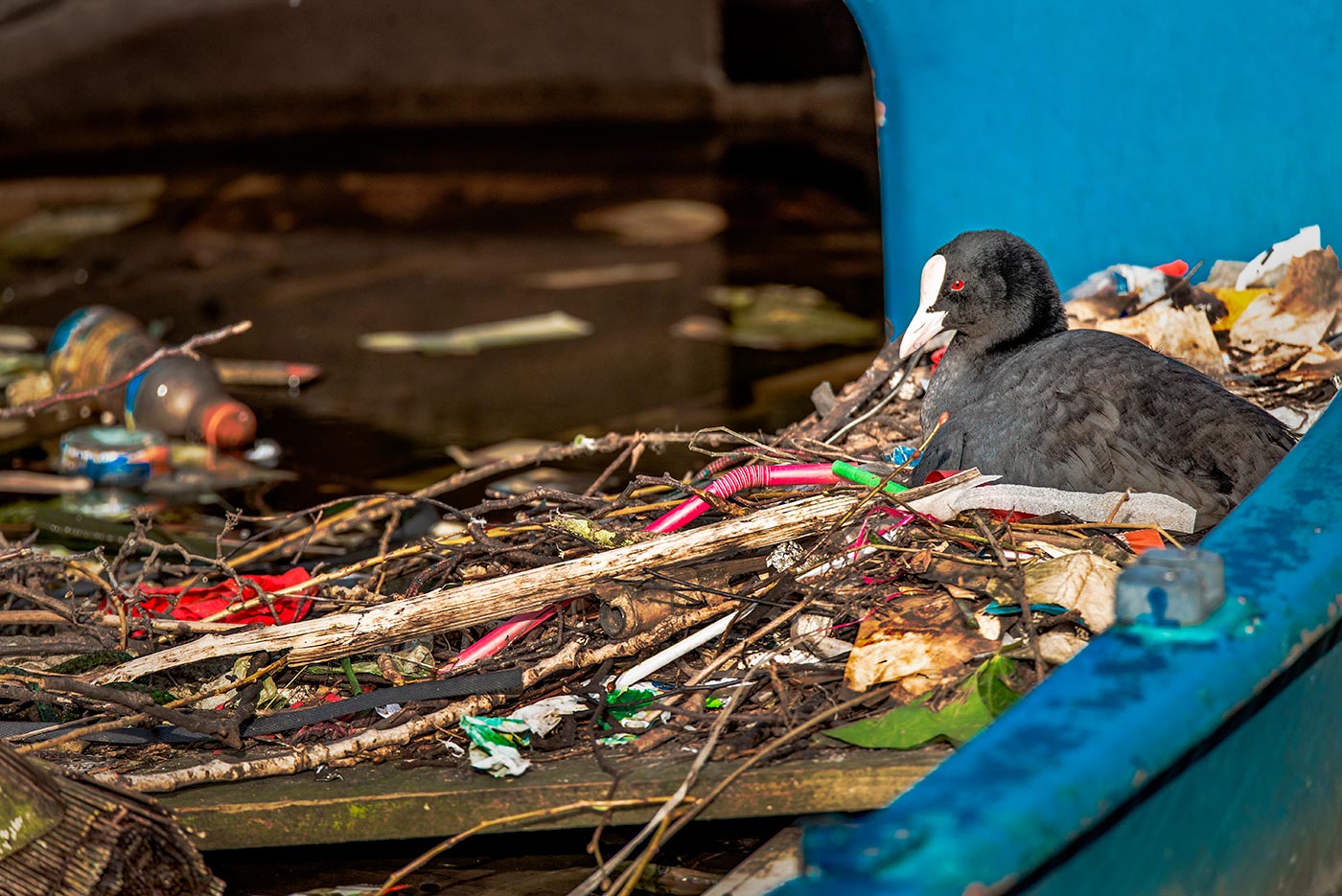
Juices and iced coffee can easily be enjoyed without a straw. Yes, they often serve them without asking, but a quick check when you sit down at a restaurant can help. If you notice straws being used, simply let the waiter know: “No straw, please!”. Thankfully, some establishments already use reusable alternatives.
In Nepal, you won’t find recycling bins on every corner or dedicated bins for sorting glass, plastic, and paper in your hotel room. This means any packaging you use will most likely end up in a general waste pile. Every small decision matters.
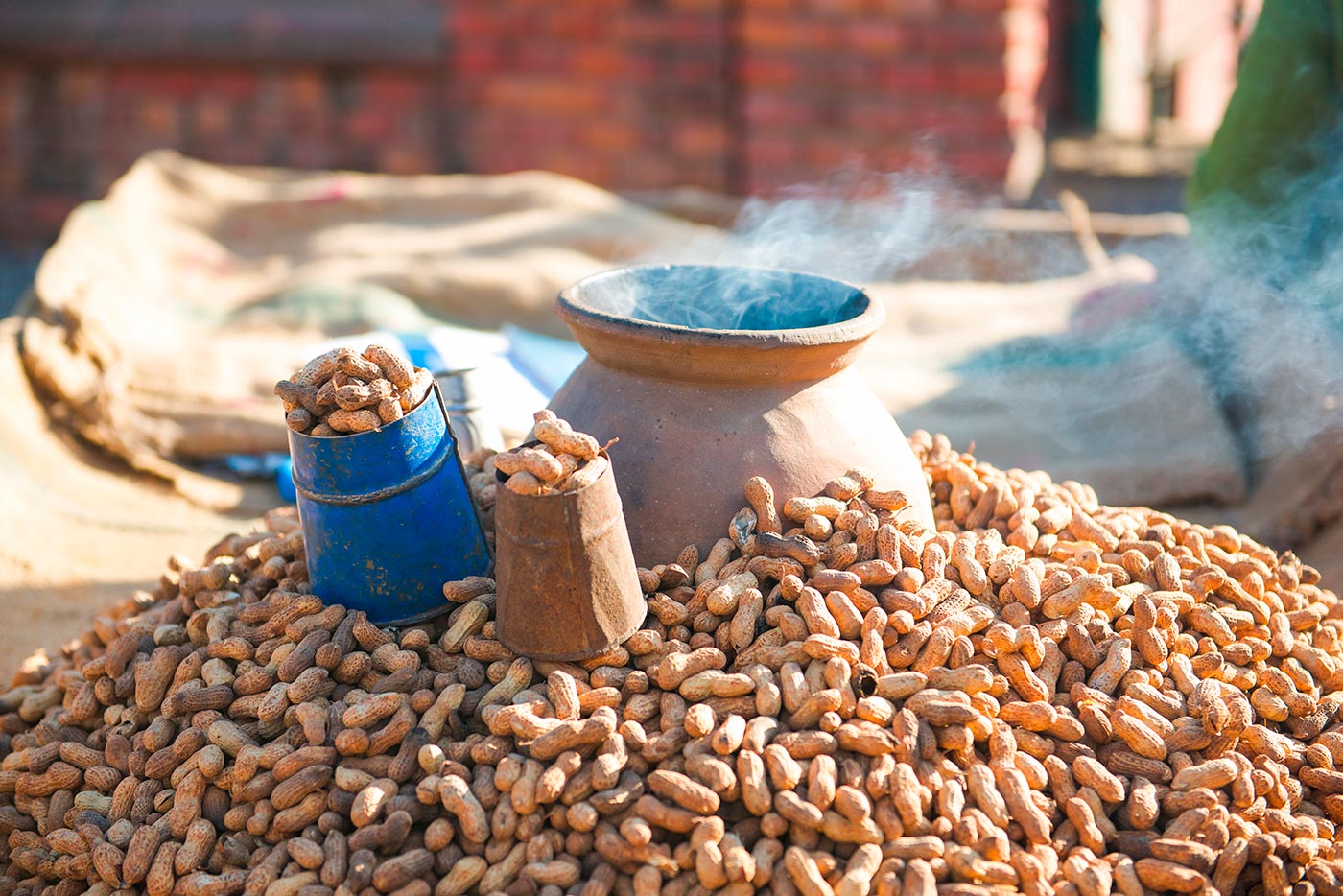
While local markets are used to relying on plastic, at least there you can decline it, unlike supermarkets where most products are already packaged. Try to avoid items with excessive wrapping whenever possible.
Your travel budget in Nepal will largely depend on your spending choices, and if you want to save, it’s all about what you’re willing to compromise on.
Nepalese food at local restaurants is incredibly affordable, but the same dish could cost double or even triple in a restaurant within a tourist area—and that doesn’t necessarily mean it tastes better!
As for transport, local buses are much cheaper, but they can also be risky. We personally experienced a minor accident on one of these buses. That said, tourist buses aren’t always better, as they can also drive recklessly.
ng to sacrifice.
To give you an idea of typical costs in Nepal, here are some examples:
Entrance fees for national parks or trekking permits permits can significantly increase your travel budget:
Some of the most popular and affordable dishes in Nepal include dal bhat, momos, soups, rice, and noodles. Dal bhat, in particular, is one of the most energy-packed meals and an excellent choice for trekkers.
Dal bhat is similar to an Indian thali and is served in the same style. It includes multiple small dishes, and for the same price, you can enjoy unlimited refills. The dish features lentils (dal) and rice (bhat) as its main components, along with a vegetarian or meat curry, additional vegetables, papad, and yogurt, all served on a single tray.
If you’re vegetarian, Nepal is an ideal destination. Almost every dish can be made without meat upon request.
Our strategy was always to “book the first night and then find hotels as we go,” but as tourism has grown, so have the number of new hotels and “fully booked” signs, as well as new booking websites. The advantage now is that, with just a click, you have a wide selection of hotels and guesthouses to choose from before you even arrive at your destination.
We recommend using platforms like Booking.com o Agoda.com, , which are very popular in Asian countries like Nepal.
Even Nepal’s most touristy destinations are accessible by buses, which are the most common form of transportation for travelers. You can choose between local buses and tourist buses. Tourist buses are generally more comfortable and theoretically safer. Local buses are cheaper, run frequently, and can reach even remote areas as long as there’s a road.
For added comfort and flexibility, you can hire a jeep with a driver, though this option can be expensive.
There are also domestic flights to destinations like Bardia, Chitwan, or Pokhara, and even directly into the mountains, such as Lukla Tenzing-Hillary Airport. While we typically prefer traveling by land, the poor condition of roads and reckless driving by bus operators in Nepal might make flying a safer alternative to consider.
Click on the image and it will take you to a new Google Maps window with all the points of interest to travel around Nepal.